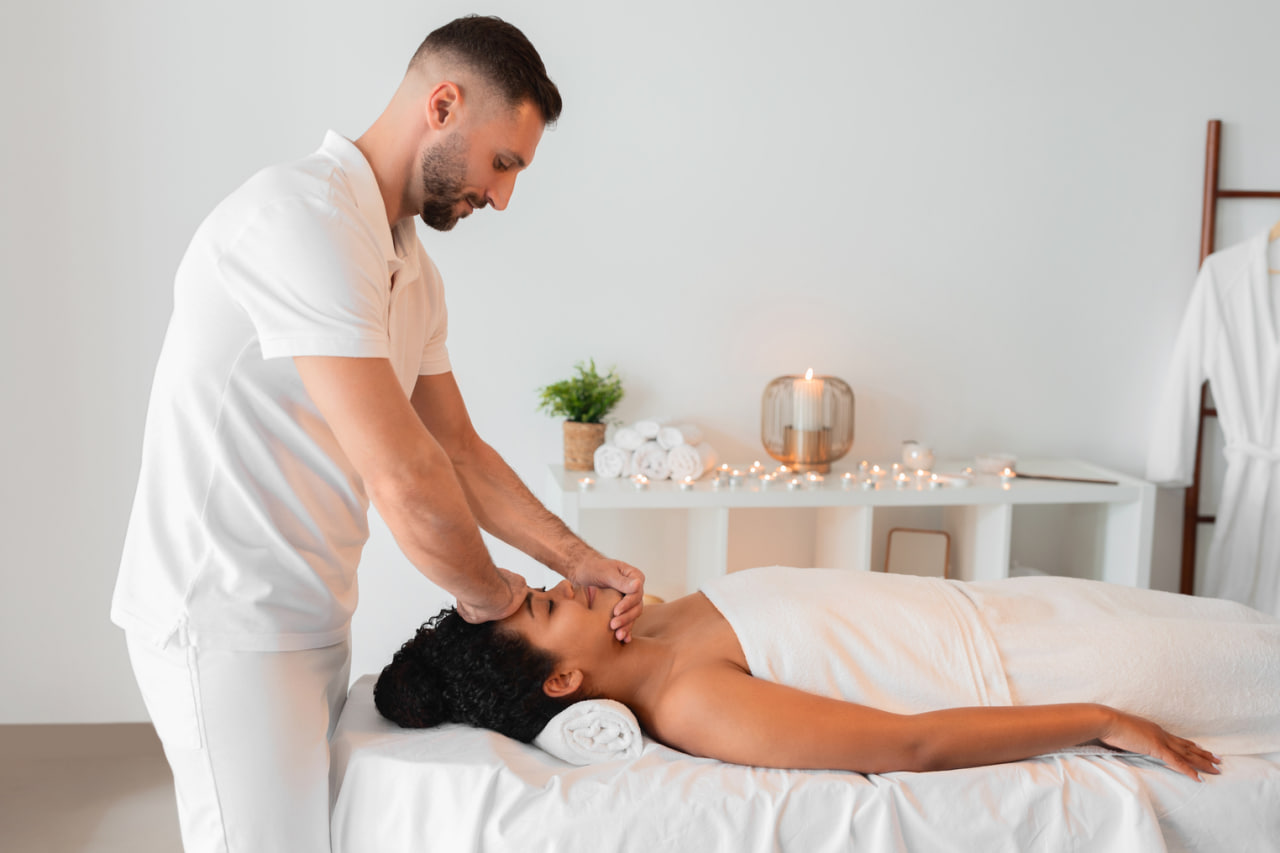Massage for Connection: Strengthening Relationships Through Mindful Touch
Massage is more than a physical practice — it is a language of care, trust, and presence. When approached mindfully, touch becomes a powerful tool for deepening connections between partners, family members, and friends. Beyond relaxation, massage can improve emotional intimacy, foster empathy, and create shared experiences that strengthen relationships over time.
The Emotional Power of Touch
Human touch communicates emotions in ways words often cannot. A gentle stroke or supportive hand conveys safety, attention, and understanding. Scientific research shows that physical touch releases oxytocin, a hormone associated with bonding and trust, while reducing stress hormones like cortisol. This chemical response enhances feelings of closeness and reinforces emotional bonds between individuals.
Touch also encourages vulnerability. Allowing someone to provide or receive massage requires trust, creating a safe space for emotional openness. In relationships, this exchange can deepen mutual understanding and strengthen communication, as physical relaxation often opens the door to more honest and meaningful conversations.
Building Presence Through Mindful Massage
Mindfulness is the key to transforming massage into a connection-building experience. Mindful massage involves being fully present with the recipient, observing their responses, and adapting movements to their comfort and needs. This practice teaches attentiveness, patience, and empathy — skills that naturally extend beyond the massage into everyday interactions.
Start by focusing on your own breath and calming your mind. Pay attention to subtle cues from the person receiving the massage: shifts in tension, changes in breathing, or microexpressions. Adjust your pressure, speed, and technique accordingly. This attentiveness communicates respect, care, and a willingness to meet the other person where they are physically and emotionally.
Techniques That Foster Connection
Certain massage techniques are particularly effective at enhancing relational closeness. Long, flowing strokes along the back, shoulders, and neck promote relaxation and reduce tension, making recipients more receptive to emotional connection. Hand and foot massages, while smaller in scope, encourage a sense of grounding and attentiveness.
Synchronizing breath with touch can also heighten connection. Encourage slow, deep breathing during the session to create shared physiological rhythms that foster harmony. Gentle stretches incorporated into massage further enhance physical awareness and mutual support.
Creating a Comfortable Environment
The environment in which massage takes place influences the quality of connection. A quiet, uncluttered space with soft lighting, calming sounds, and comfortable surfaces supports relaxation and focus. Aromatherapy, blankets, or cushions can add warmth and comfort, signaling that the session is a dedicated time for care and presence.
Setting clear intentions before starting the massage also strengthens connection. Discuss goals, preferences, and areas of tension. This conversation itself is an act of communication, reinforcing trust and respect for boundaries.
Strengthening Daily Interactions
Mindful massage is not only about the session itself but about its ripple effects on daily life. Couples and family members who practice massage together often report improved empathy, reduced conflict, and a heightened sense of mutual appreciation. The skills developed during massage — attentive listening, patience, and nonverbal communication — translate into more harmonious and supportive relationships.
Regular practice encourages a routine of shared care, helping both giver and receiver feel valued and nurtured. It reminds individuals that emotional connection is cultivated not only through words but through actions, presence, and touch.
The Long-Term Benefits of Touch-Based Connection
Over time, massage can create a resilient foundation for relationships. It reduces stress, promotes emotional regulation, and strengthens physiological responses that encourage bonding. It also teaches the importance of slowing down and prioritizing time together in a world that often values speed over presence.

